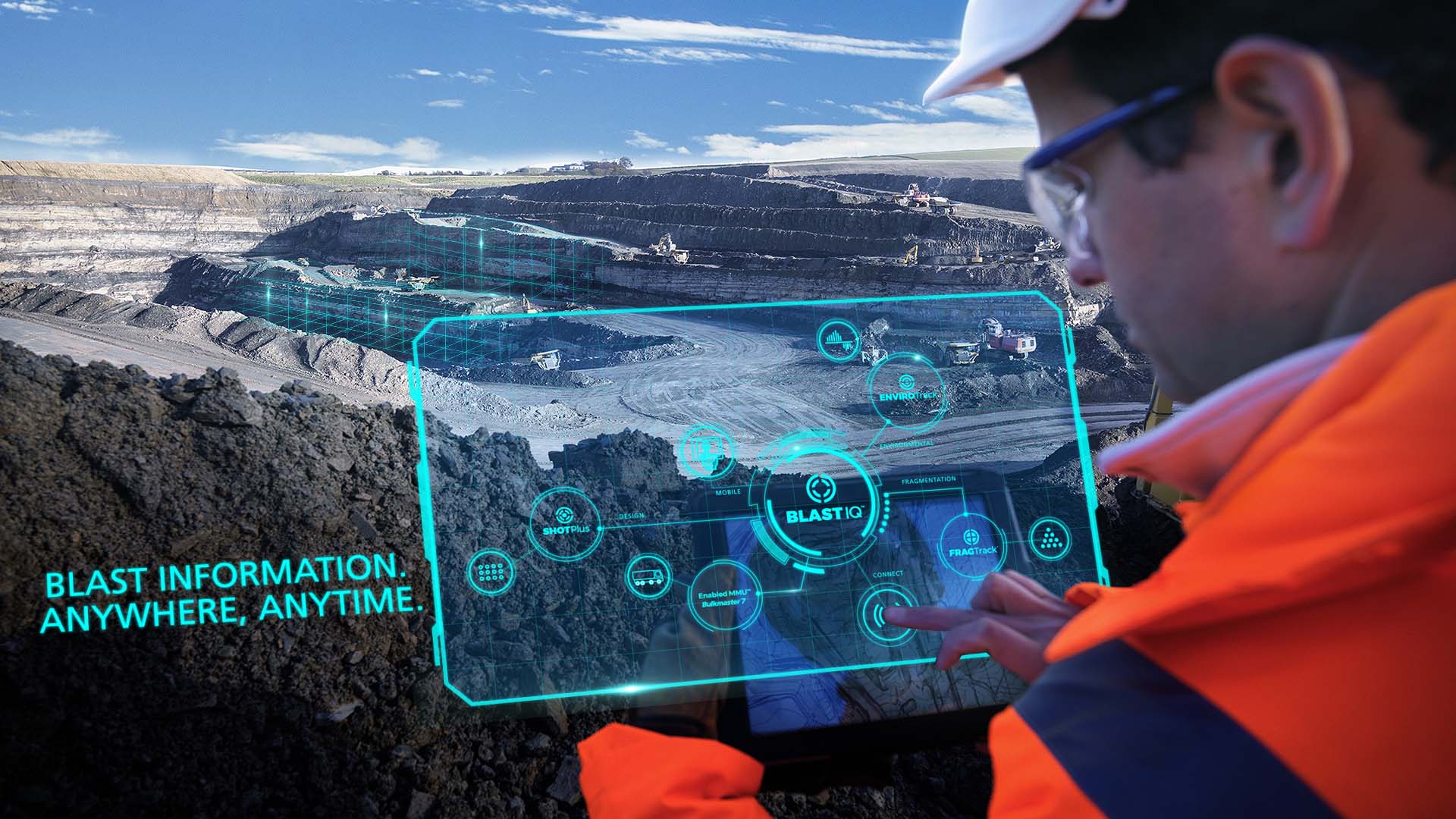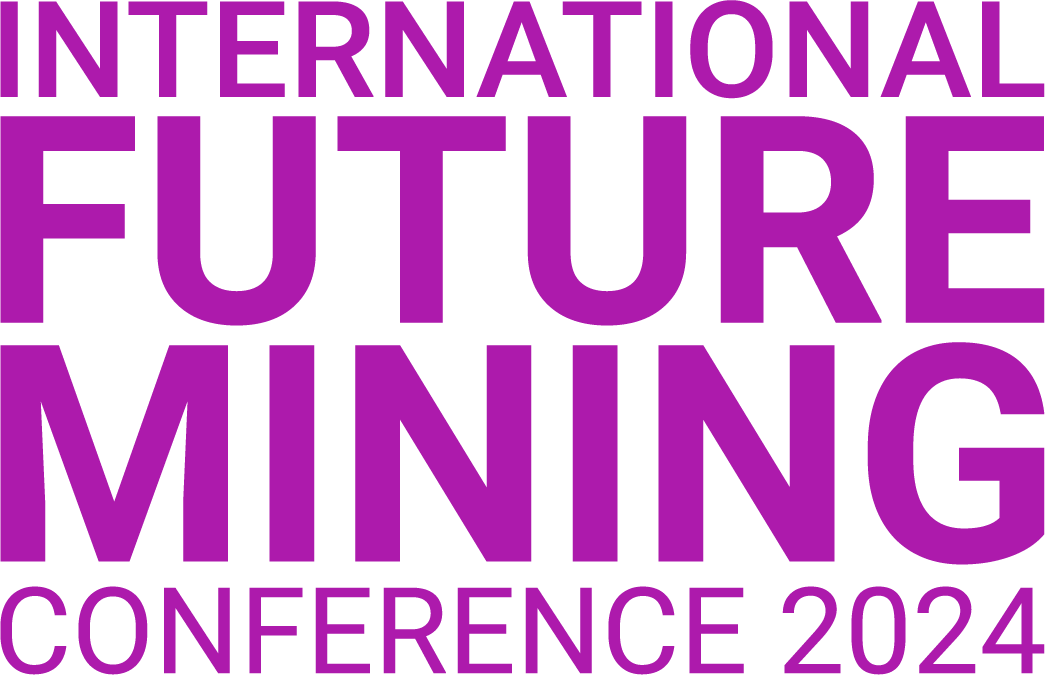Shifting mindsets: the transition to integrated systems thinking.
Cultivating organisational cultures that achieve both innovation and integrated workflows.
Looking to the future, organisations will need to adapt to a digital future, embracing the new perspectives and ideas of an evolving digital native workforce. Orica is a leading example of how traditional legacy companies can leverage their domain expertise and transform to meet the demands of a digital first world.
Ahead of his upcoming keynote presentation at the International Future Mining Conference 2024 titled ‘Transforming the Resources Industry: Accelerating the Journey of DI2’ we spoke with Rajkumar Mathiravedu the COO at Orica Digital Solutions to gain his leading insights on innovation, integrated workflows and advancing cloud-based technologies.

What will your keynote presentation at #FutureMining2024 address?
The current state of our industry today is operating in discrete silos and fragmented ways of doing business. There is an urgent need to transition from discrete silos to integrated systems thinking to accelerate innovation across the resources sector. To achieve integrated systems thinking we need to move away from doing everything in-house and collectively develop a collaborative ecosystem innovation framework by challenging our organisational mindsets and accepting innovation at every level. This includes accepting innovation at the partner level, innovation at an entrepreneurial level, and innovation across different ecosystem value chains.
What key points do you hope delegates will take away from your keynote presentation?
Firstly, as the world strives to meet the global transition needs, there is a clear demand to do more with less. How do we extract more minerals with less energy, with less footprint, in a sustainable manner? To deliver more with less we need to move from a state of fragmented point solutions to integrated workflows.
Secondly, reviewing how we create and capture value to drive innovation is going to be critical, whilst collectively moving away from our ‘current state’ of discrete silos and doing everything in-house.
And finally, an entrepreneurial mindset ensures you can cultivate an organisational culture that achieves both innovation and integrated workflows, irrespective of whether you are a traditional firm or a digital native.
“A combination of sensors, software and algorithms are disrupting the status quo and revolutionising the future of mining. ”
What do you think are some of the new technologies and digital solutions on the horizon, that will revolutionise the future of mining?
Before I address the technology piece, I would like to acknowledge the importance of getting the culture piece right, as it is going to be an important foundational aspect for the future. Fostering an industry-wide culture of collaboration and entrepreneurship is key to accelerating innovation across the resources sector.
A combination of sensors, software and algorithms is disrupting the status quo and revolutionising the future of mining. For example, the evolution of sensors from other industries adapting to mining conditions has resulted in obtaining very high-resolution real-time ore body characterisation sensors that are going to change a lot going forward, especially as mines continue to get deeper and become increasingly more unconventional.
Connectivity and computing power have become more accessible across the globe, allowing us to move from data collection to actionable insights, enhancing productivity and improving safety across mine sites. Then there are advancements in new mineral detection technologies which are going to change the way mineral processing value chain is approached.
From a broader aspect, the end-to-end integrations connecting orebody (grade), production (throughput), and processing (recovery) are no longer looked as individual siloes; these would be viewed in tandem in an interconnect workflow.This change in outloook will transform the resources sector.
“Knowledge sharing is all about converting best practice into standard practice.”
Can you share more about the cloud-based solutions available that are providing blasting professionals with the technology to improve blast designs, achieve better quality blasts and reduce costs?
When we started Orica Digital Solutions, we took a big gamble becoming the first digital Native cloud software player, with our flagship product BlastIQ. There was a lot of stigma around the cloud at the time and the unknown risks around data protection, connectivity, and security. However, we knew there were exciting opportunities available with cloud software technology and the benefits in scaling that was well proven in other industries.
Cloud computing and the introduction of native clouds have helped to harness information from different data sources globally. With BlastIQ, we now can achieve better blast outcomes, with decisions able to be made in real-time, the technology ensures the right energy is in the right hole every time. BlastIQ is the market leading blast design and control solution used globally, an incredible feat considering it was commercialised just four years ago.
OREPro3D is the industry’s first solution that optimises grade control in 3D. The technology models blast movement in 3D enabling situational awareness and improving grade control. And removes people from harm's way.
Integrated Extraction Simulator (IES), is the next generation simulator for mineral processing. This web-based platform enables rapid evaluation of processing scenarios across the mineral extraction value chain to enhance plant productivity, optimise economic value, and minimise the environmental impacts of mineral recovery.
The above solutions demonstrate the power of technology to create change. We know organisations and people will adapt, provided there are clear results linked with improved safety and productivity outcomes.

What changes have you seen throughout your career, and do you have any predictions for the future?
My background has always been in the business of technology- not just creating new technologies, but identifying how to create and capture value using technology.
Looking back on my 25-year journey I would say the industry is now far more open to innovation. I think the industry has accepted that to move fast to achieve the same ‘more with less concept’ we need to continue to enhance our collaboration across the mining supply chain, learning from each other as well as adjacent industries.
Looking to the future, organisations will need to adapt to a digital future, embracing the new perspectives and ideas of an evolving digital native workforce. Orica is a leading example of how traditional legacy companies can leverage their domain expertise and transform to meet the demands of a digital-first world.
Mining is key to the path forward to electrify the world. We know that we currently only have access to a very finite supply of minerals to achieve global net zero targets, but how we sustainably extract and mobilise the earth’s resources, is the current challenge. As an industry, we need to unite around this common purpose.
To address these challenges we need to think differently, which brings me back to the need to transition, from discrete silos to integrated systems thinking. Having an openness in our ecosystem thinking as well as an entrepreneurial mindset, across the industry is critical to our future success.
What are you looking forward to most about the upcoming conference?
I'm ready to learn and understand from my peers as well as share some of the exciting developments happening at Orica Digital Solutions. As well as sharing our learnings I would love to push that idea that you don't need to be a digital startup to transform the industry.
The International Future Mining Conference provides a fantastic platform to connect with peers and I think knowledge sharing, particularly on innovation, is going to be a key.
Don’t miss Rajkumar Mathiravedu’s keynote presentation at the International Future Mining Conference 2024
You can also expect to see other Orica presentations by:
- Lee Julian, Principal Engineer, Orica Digital Solutions
Reducing the environmental and economic cost of metal extraction by optimal blast design
Monday 2 September, Session2B Sustainable Mining - Sam Evans, Lead Engineer - New Underground Technology, Orica
Subtek 4D™: Optimised blasting performance through the application of new underground bulk explosive technology.
Tuesday 3 September, Session7C Technology Integration - Geoff Stevenson, Manager Global Surface Mining, Orica
Social responsibility solutions provided by WebGen™ wireless initiation system in open cut mines
Wednesday 4 September, Session 10A Sustainable Mining - Peter Leckie, Senior Manager Orebody Intelligence Marketing & Technology, Orica Digital Solutions
Unlocking mine productivity by changing-the-equation on the where, what and when of orebody characterisation
Wednesday 4 September, Session 10B Technology Integration
View the conference program to check out all of the presentations being made by Orica and join co-hosts AusIMM and UNSW in Sydney from the 2—4 September.
